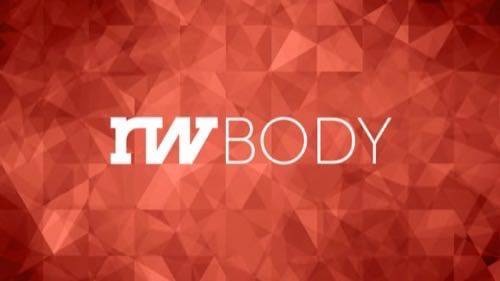
ReadWriteBody is an ongoing series where ReadWrite covers networked fitness and the quantified self.
There have never been more ways to track what we eat, how we sleep and how we exercise. Indeed, we’re bingeing on data about our bodies, with a new app or fitness tool feeding our obsession with the “quantified self” every day, each promising better ways to gear up for the big race or slim down to squeeze into those high-school jeans. The problem is that there are so many different ways to monitor our progress—with new apps and devices emerging almost daily—that no single app can give us a truly holistic view of our health.
It’s time someone monopolized the quantified self.
So Much Disparate Data, So Little Synthesis Thereof
After all, it seems an almost universal goal in Western society to want to lose weight and improve fitness. ReadWrite‘s own editor, Owen Thomas, now spends his days walking to work and walking at work, hoping to shave a few more pounds. This is good. This is healthy.
This is also much harder than it should be.
By “hard” I don’t mean that it’s difficult to track our steps per day or our average pace on our last run. Those individual data points are increasingly simple to collect and analyze. Rather, I’m talking about the complexity of making sense of all this disparate data we’re collecting about ourselves.
Because no single vendor has a monopoly—or even a tiny majority—on our bodies’ data, we’re actually getting a very incomplete view of our health. It’s like tracking steps taken each day with a Fitbit but not also tracking heart rate data or caloric intake. 3,000 steps may sound like a lot, but if it was accompanied by consuming 3,000 calories and a low constant heart rate, the result is weight gain.
In other words, we have access to a range of different data sources, but no one is yet doing a great job of synthesizing them.
Don’t believe me? Think about the running app you use. I prefer Strava, having started out as a cyclist (Strava is the app for cyclists, whether you’re a professional or a Saturday’s warrior). But there’s also Runkeeper, MapMyFitness, Nike+, Endomondo, Zombies, Run! (yes, really), Proof!, WalkJogRun and many more. Each has its quirks, strengths and weaknesses.

Each also has different sources of ancillary data with which it connects, like WiFi-connected scales, nutritional intake apps (e.g., LoseIt), fitness trackers (e.g., Fitbit) and more. But none incorporates a broad array of third-party data sources, including data sources that we may track on the same device, leaving us to track weight in one app, our exercise in another (and different types of exercise in different apps—I use Ski Tracks for skiing, Strava for cycling and running and nothing for weight lifting), Fitbit data in yet another and so on. Sadly, very few calories are burned swiping between these various apps.
And guess what? It’s about to become worse, as “commercial-grade” health-related data, like x-rays, mammograms and more become available to us.
Do We Want A Microsoft Of Health Data?
The first company to effectively bring together all this disparate data into one app is going to win. Yet it’s an open question whether such a victory actually means defeat, given privacy concerns and the potential for abuse of such invasive intelligence about our health (or lack thereof).
It’s a valid concern, but not one that I suspect many of us would heed as we throw our data willy-nilly into apps. We want health more than we want privacy. Some even make their health data public in order to goad themselves into hitting their goals:
While most people don’t tweet their weight, I suspect many, if not most of us will happily trade privacy in return for more powerful tools to improve our health. And if it works, ironically, we’ll likely become even less inhibited about publicly sharing our health data, as we show off the weight we’re losing, the times we’re hitting on our rides, etc.
But first we need someone to win the race to aggregating the data behind our quantified selves. And we need it now.








